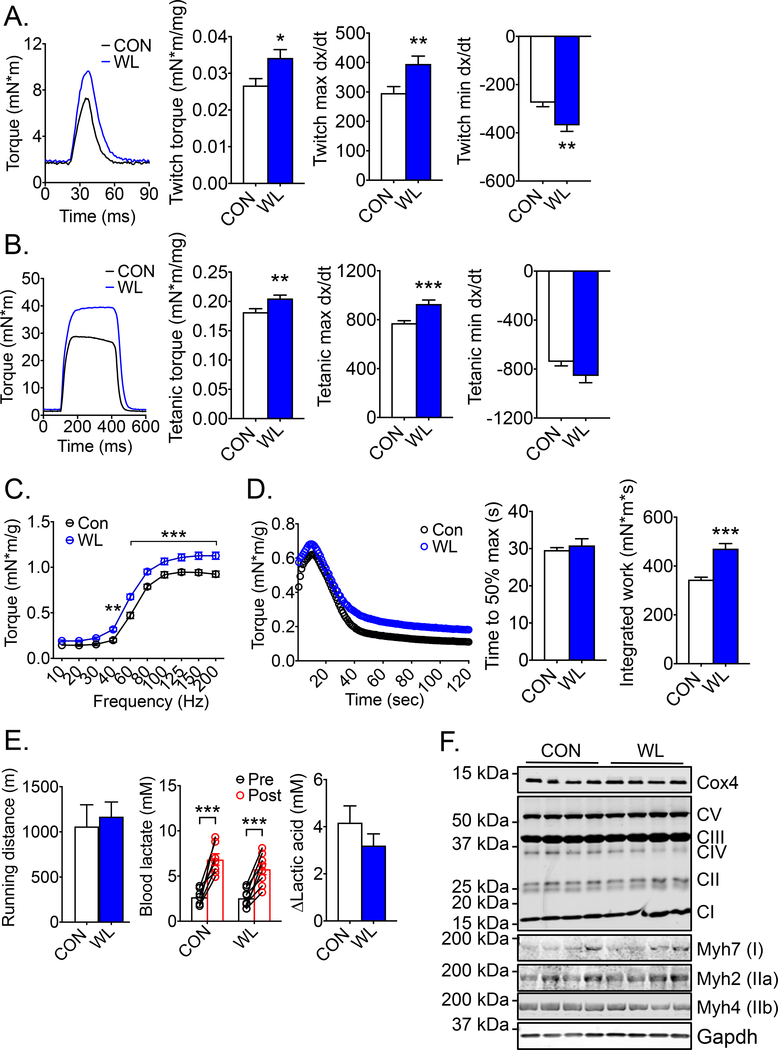Fig. 4. Long-term weightlifting training enhances skeletal muscle power.
Mice were subjected to 8 weeks of voluntary weightlifting (WL) with sedentary mice as control (CON) followed by measurements of contractile function and endurance exercise capacity in vivo as well as measurements of mitochondrial and contractile proteins in skeletal muscle. (A) Representative twitch force of planta flexor muscles of the hindlimbs with quantification for twitch torque normalized by muscle mass, twitch max dx/dt and min dx/dt (n = 12 for each group); (B) Representative tetanic force of planta flexor muscles of the hindlimbs with quantification for tetanic torque normalized by muscle mass, tetanic max dx/dt and min dx/dt (n = 12 for each group); (C) Force-frequency curve, displaying torque normalized by body weight (n = 6–7); (D) Fatigability curve, display torque normalized by body weight with quantification of time to 50% maximal force and integrated work performed during the test (n = 6–7); (E) Running distance and blood lactic acid level pre- and post-test during treadmill running test (n = 7–8); and (F) Representative images and quantification of mitochondrial (Cox4 and Complex I-V) and contractile proteins (MHC I, IIa and IIb) in gastrocnemius muscles with Gapdh as loading control (n = 4–6); Bars and dots represent mean ± SE. *, ** and *** denote p < 0.05, p < 0.01, and p < 0.001, respectively.

